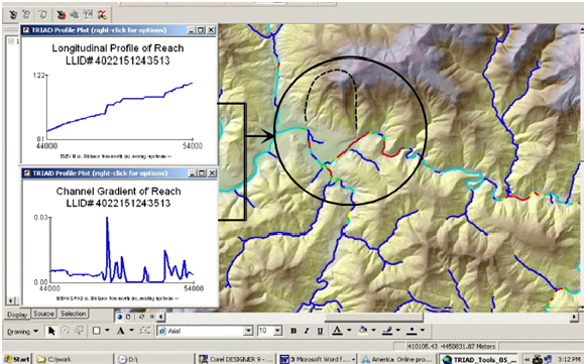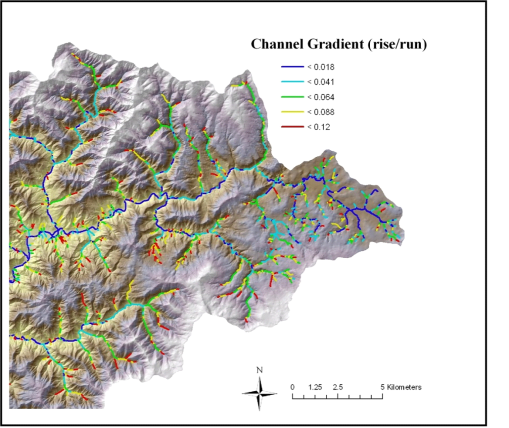

The Pacific Northwest of the United States is experiencing increases in annual air temperature and decreases in snow pack and summer precipitation, resulting in lower base flows, particularly in streams that rely on late season snowmelt. īecause of their abilities to modify streams and floodplains, beavers have the potential to play a critical role in shaping how riparian and stream ecosystems respond to climate change. For example, the decline in populations of some aquatic species, including Pacific Coho salmon ( Oncorhynchus kisutch), have been partially attributed to the loss of beaver ponds, a feature that salmonids have evolved with since at least the Pleistocene. Many species depend upon these systems due to the high geomorphic complexity, aquatic thermal variability, and habitat diversity that they aford. Prior to near extirpation in the early 1900s due to over-trapping and habitat conversion, beavers and beaver-created wetland complexes were a ubiquitous component of riparian systems. North American beaver ( Castor canadensis) have long been recognized as ecosystem engineers, creating diverse and resilient wetland and riverine systems. The funders had no role in study design, data collection and analysis, decision to publish, or preparation of the manuscript.Ĭompeting interests: The authors have declared that no competing interests exist. Please contact for assistance in reproducing similar models.įunding: This research was funded by the U.S Environmental Protection Agency's FY 2011 Noncompetitive Tribal Projects for Restoration and Protection of Puget Sound, Federal Grant Number PA-00J322-01, to JWS & BJD and Conservation, Research and Education Opportunities International’s 2015 CREOi award to BJD. The work is made available under the Creative Commons CC0 public domain dedication.ĭata Availability: All relevant modeling data are located in the Supporting Information files.
#Netmap valley width free#
This is an open access article, free of all copyright, and may be freely reproduced, distributed, transmitted, modified, built upon, or otherwise used by anyone for any lawful purpose. Received: AugAccepted: JanuPublished: February 28, 2018 PLoS ONE 13(2):Įditor: Ulrike Gertrud Munderloh, University of Minnesota, UNITED STATES Thus, although there are a large number of areas that could be suitable for relocation and restoration using beavers, current land use patterns may substantially limit feasibility in these areas.Ĭitation: Dittbrenner BJ, Pollock MM, Schilling JW, Olden JD, Lawler JJ, Torgersen CE (2018) Modeling intrinsic potential for beaver ( Castor canadensis) habitat to inform restoration and climate change adaptation. Of the riparian areas around streams with high intrinsic potential for beaver, 38% are on public lands and 17% are on large tracts of privately-owned timber land. We found that no site that was classified as having low intrinsic potential had any sign of beavers and that beaver were absent from nearly three quarters of potentially suitable sites, indicating that there are factors preventing the local population from occupying these areas. Model results showed that 33% of streams had moderate or high intrinsic potential for beaver habitat. To further assess the potential for relocation, we assessed land ownership, use, and land cover in the landscape surrounding stream reaches with varying levels of intrinsic potential.

We applied the model to 5,019 stream km and assessed the ability of the model to correctly predict beaver habitat by surveying for beavers in 352 stream reaches. Thus, the model serves as a preliminary screening tool that can be applied over relatively large extents. More specifically, we developed a generalized intrinsic potential model that draws on remotely sensed measures of stream gradient, stream width, and valley width to identify where beaver could become established if suitable vegetation were to be present. Here we explore the potential for beaver relocation throughout the Snohomish River Basin in Washington, USA with a model that identifies some of the basic building blocks of beaver habitat suitability and does so by relying solely on remotely sensed data. Identifying sites for reintroduction, however, requires detailed information about habitat factors-information that is not often available at broad spatial scales. Thus, it is not surprising that reintroducing beaver to watersheds from which they have been extirpated is an often-used restoration and climate-adaptation strategy. Through their dam-building activities and subsequent water storage, beaver have the potential to restore riparian ecosystems and offset some of the predicted effects of climate change by modulating streamflow.


 0 kommentar(er)
0 kommentar(er)
